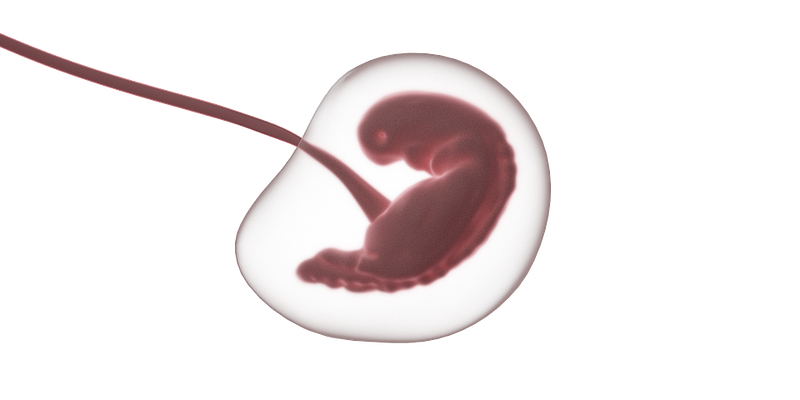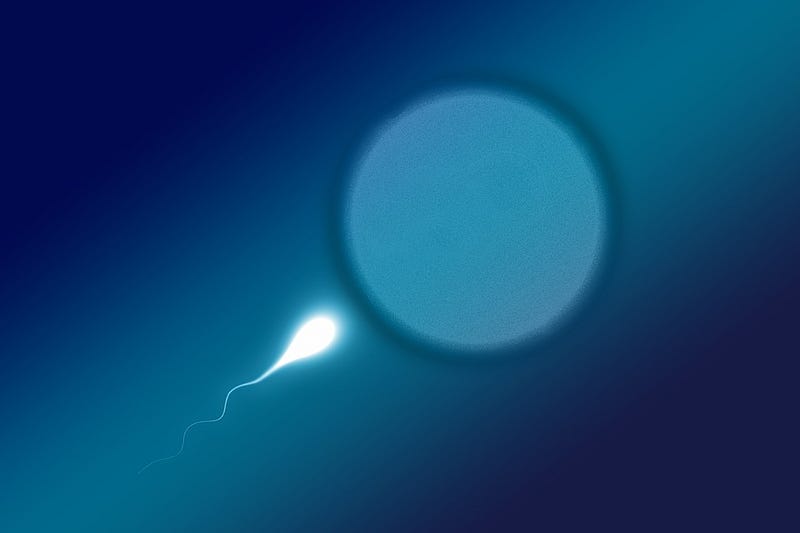Unraveling the Secrets of Embryonic Rejuvenation
Written on
Chapter 1: The Immortal Germline
Embryos possess a fascinating ability to rejuvenate before birth, as evidenced by a recent study utilizing epigenetic aging clocks. These clocks reveal a remarkable rejuvenation phase occurring in the early stages of embryo development.

(Pixabay, Weslleycs97) The concept of immortality may sound exaggerated, but it holds some truth when discussing germ cells—specifically, eggs and sperm. These cells are the only ones that transmit genetic material to future generations. Essentially, they enable the continuation of life from the roots of a family tree to its leaves. This concept, proposed by German evolutionary biologist August Weismann in the late 19th century, posits that:
"Every individual alive today, even the very highest, is derived in an unbroken line from the first and lowest forms."
On the contrary, somatic cells have a limited number of divisions they can undergo before they begin to deteriorate, leading to the aging process. Despite their potential for immortality, germ cells are not immune to the effects of aging. Over time, the efficiency of germ cell production declines, and mutations may compromise their reproductive capacity.
As the aging process affects our germ cells, there arises a significant concern: the possibility of passing on damaged cells to the next generation. Ideally, we want our offspring’s germ cells to remain pristine and undamaged.

Chapter 2: The Reset Mechanism
Recent research proposes a groundbreaking idea: during the initial phases of embryo development, a 'reset' occurs even within the germline. Aging impacts every bodily function, and it is a complex, multifactorial challenge. Machine learning has shown promise in addressing these complexities, as explored in earlier discussions about its application in aging research. One intriguing aspect is the identification of biomarkers that can provide insights into our chronological age and potential longevity.
Machine learning has also led to the creation of 'aging clocks'—sets of markers that change in a manner that quantifies biological aging. These clocks can derive insights from various data types, with epigenetic information proving particularly valuable. Epigenetics studies the modifications to DNA that can influence gene expression, often through the addition or removal of methyl groups. Notably, research on Caenorhabditis elegans has indicated that even genetically identical organisms can exhibit varying lifespans based on gene expression, with optimal expression linked to increased longevity.
Continuing with the study on embryonic rejuvenation, the researchers employed multiple existing epigenetic aging clocks, along with one they developed, to assess the aging process in embryos.
They analyzed DNA methylation data from early human and mouse embryos. Contrary to expectations that aging would commence immediately, their findings indicated that embryos were at their youngest approximately one week into development in mice, a period they refer to as 'ground zero' for aging.
“…epigenetic age decreases during early embryogenesis, indicating that embryonic cells not only avoid aging during this phase but actually undergo rejuvenation.”
Indeed, the findings suggest rejuvenation occurs early in life. While data from human embryos is more challenging to analyze due to its later developmental stage or reliance on embryonic stem cells, a similar rejuvenation pattern appears to exist.
While the precise nature of this rejuvenation event remains unclear, the research hints at a promising possibility: the rejuvenation process identified may enable organisms to start aging at a younger biological age, potentially leading to longer lifespans and improved health spans. This insight could also have significant implications for in vitro fertilization, prioritizing embryos with a lower biological age.
So it seems we possess the knowledge to rejuvenate; we have merely overlooked it.
The first video explores the reasons why some embryos fail to implant and how advancements could potentially alter this outcome, shedding light on the complexities of reproductive biology.
The second video discusses how assessing embryos can predict their survival and likelihood of live birth, offering insights into improving reproductive success.